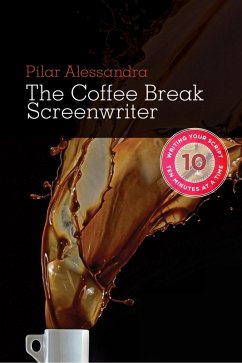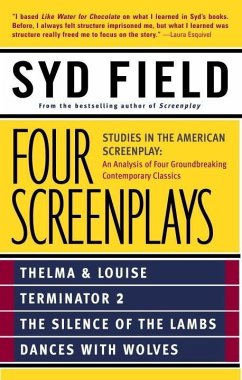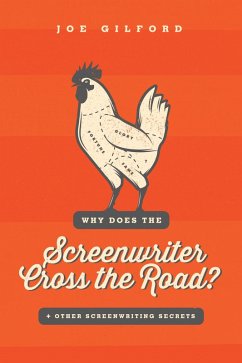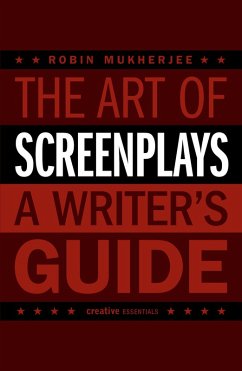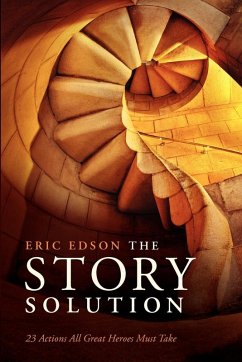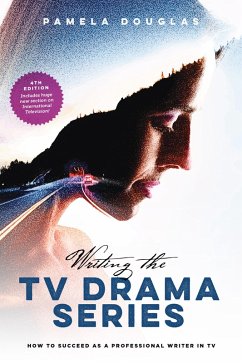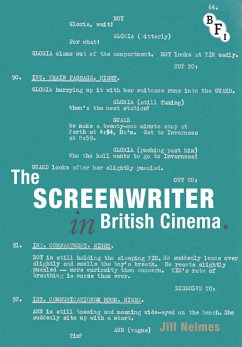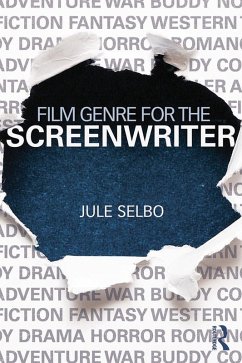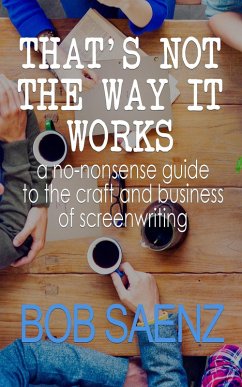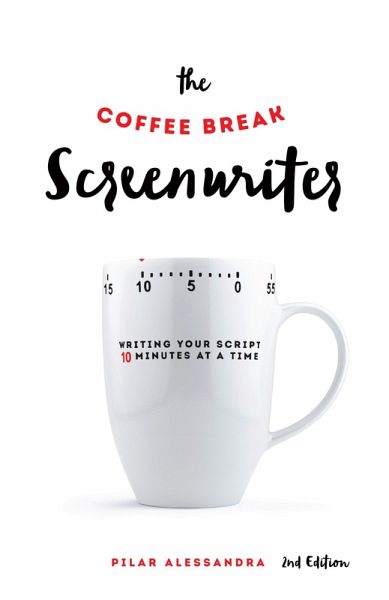
The Coffee Break Screenwriter (eBook, ePUB)
Writing Your Script Ten Minutes at a Time - 2nd Edition
Versandkostenfrei!
Sofort per Download lieferbar
14,95 €
inkl. MwSt.
Weitere Ausgaben:

PAYBACK Punkte
7 °P sammeln!
The writer receives guidance and tips at every stage of the often intimidating writing process with a relaxed, "ten minutes at a time" method that focuses the writer and pushes him or her forward. At each step, writers are encouraged to "Take Ten" and tackle an element of their script using the templates and tools provided. "What You've Accomplished" sections help writers review their progress. And "Ten-Minute Lectures" distill and demystify old school theory, allowing the writer to unblock and get writing.
Dieser Download kann aus rechtlichen Gründen nur mit Rechnungsadresse in A, D ausgeliefert werden.





